Mass airflow sensors are an integral component of your vehicle’s functionality. If something malfunctions with the sensor, you’ll notice immediate signs that something has gone awry. The engine at best, will run poorly or it may not run at all.
How Does a Mass Airflow Sensor Work?
Mass airflow sensors can also be referred to as air meters. They play a fundamental role within your automobile’s system by measuring the amount of air entering the engine. The input provided by the sensor then allows the PCM (Powertrain Control Module) to regulate the opening and closing of the fuel injectors, adjust ignition timing and when the ignition coil/s fire. The aforementioned parts, in harmony with the PCM, allows the air to fuel ratio stay in proper balance.
The MAF sensor has two sensing wires. Via an electrical current, one wire is heated and cooled down by the amount of air that flows over the heated wire. As the temperature difference fluctuates between the two wires, this provides input to the PCM to either provide more or less fuel injector duration, ignition timing and when the ignition coils fire, etc. For instance, the wire senses less air when the vehicle is at an idle and more when the vehicle is accelerating or driving at highway speeds.
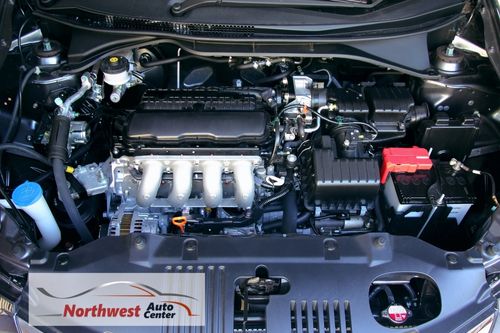
Signs of a Malfunctioning Mass Airflow Sensor
As one can imagine, when the air and fuel within your vehicle’s engine are not in proper balance, there are noticeable problems. Faulty sensors will trigger the check engine light. There are many reasons you shouldn’t drive with a bad mass airflow sensor.
Reduced or Jerky Acceleration
When the air and fuel mixture is not in proper balance, this can result in a lagging vehicle that fails to accelerate properly and smoothly. Drivers may also notice a jerking condition and/or a popping noise from the intake of the engine when they press down on the gas, which can be caused by an air and fuel combination that’s considerably too lean. (This means too little fuel to the amount of air). Basically, the vehicle isn’t receiving the proper amount of energy that it needs to run and accelerate as it should and it will struggle.
Difficulty Starting
When you turn the key in the ignition or press the start button in your vehicle, a faulty mass airflow sensor can cause the engine not to start normally. Without the correct proportion of air to fuel, the engine takes longer to crank or may not start at all. At best, if the MAF sensor is faulty, the engine will run poorly.
Increased Fuel Consumption
When the engine isn’t receiving the proper air-to-fuel ratio, this can cause changes to fuel consumption. If you’ve noticed your mileage going down this may be due to a bad sensor. It’s recommended that you bring your vehicle to a mechanical repair shop quickly, as this can cause long-term damage to the engine and result in a costly repair.
Black Smoke from Exhaust
If you’ve noticed smoke coming from the exhaust pipe, this can be the result of an air and fuel combination that has become too rich. This means there is too much fuel to the amount of air that is measured by the mass air flow sensor that is entering into the engine and not enough air (rich condition). When there is too much fuel to the amount of air, the combustion is incomplete and the excess hydrocarbons come out of the exhaust as black smoke.
Misfiring Engine
When the engine isn’t able to determine how much fuel is needed, it can result in a misfire. The MAF sensor is responsible for providing a key input into the PCM which affects the fuel-to-air ratio required for the current driving conditions. Without this insight, the engine is prone to misfiring from an incorrect calculation of fuel to air.
Idling Engine? Black Smoke? We’ll Take a Look!
If you’ve noticed any of the aforementioned signs of a bad mass airflow sensor, bring your vehicle in as soon as possible. At Northwest Auto Center of Houston, we’ll investigate the root cause of the problem and provide a diagnosis and a repair solution. Don’t drive with a faulty sensor, as this can put you, your passengers, and other drivers on the road at risk.

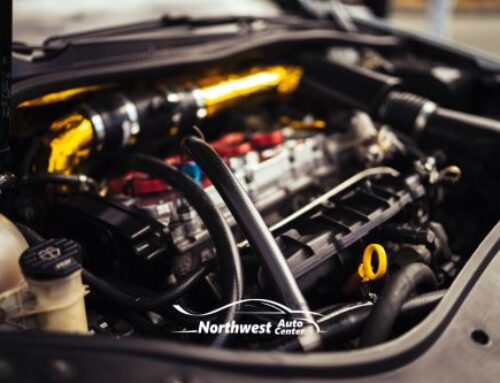
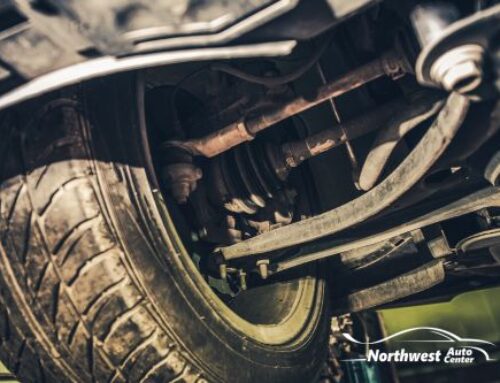

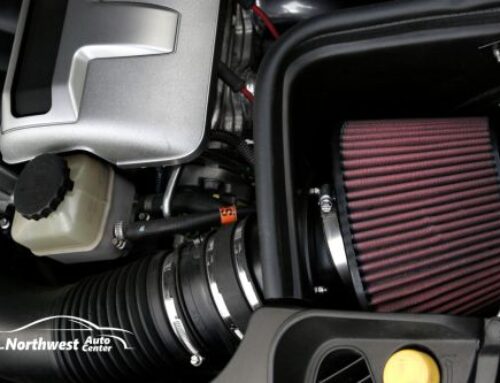
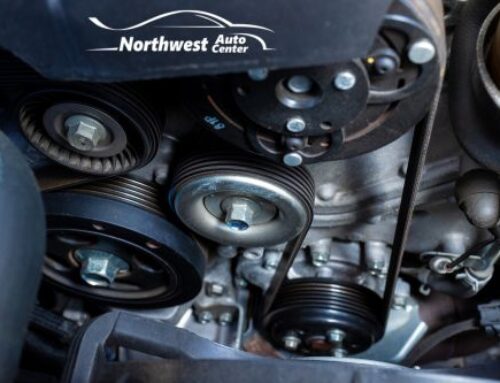
Leave A Comment
You must be logged in to post a comment.